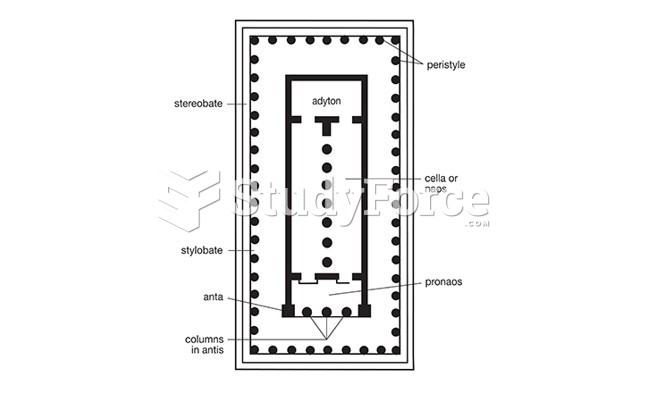Answer to Question 1
There are several reasons why construction companies should devote the resources necessary to develop and maintain comprehensive written safety and health plans. These reasons range from the philosophical to the practical and all fall into one of the following broad categories:
Ethical Factors
Philosophically speaking, the most important rationale for having a comprehensive, written safety and health plan is because it is the right thing to do. Construction companies have an ethical obligation to provide the safest, healthiest possible work environment for their employees and subcontractors. One of the best ways to ensure a quality work environment is to have a comprehensive written plan. This can be seen in the fact that companies without such a plan experience 130 percent more accidents than those with plans.
Regulatory Factors
There are federal and state regulations that require construction companies to maintain a safe and healthy work environment. These regulations do not necessarily require a comprehensive written plan, although some federal regulations do require written plans that focus on specific issues including the following:
Fall protection plan (29CFR1926.500)
Emergency action plan (29CFR1926.35)
Bloodborne pathogens/exposure control plan (29CFR1910.1030)
Although a company can comply by developing only the written plans that are specifically called for in regulation, a more comprehensive approach is better. It's better because comprehensive written plans do more than comply, they help establish and maintain a quality work environment. The recommended approach is to develop a comprehensive master plan that includes plans relating to specific terms as components.
Economic Factors
An unsafe, unhealthy work environment is a costly environment. Accidents and injuries are directly and indirectly expensive. The undeniable fact is that it costs less to maintain a quality work environment then to pay for accidents and injuries. A good safety and health plan that is effectively implemented can save money in a number of different ways including the following:
Hold down insurance costs
Reduce costly litigation
Reduce temporary and permanent disability costs
Increase the productivity of employees
Lead to more contracts (good reputation)
Reduce the number of compliance inspections and associated penalties
Practical Factors
The practical reason for having a comprehensive written plan is that effectively implementing such a plan is the best way to establish a quality work environment. The practical reasons for this include the following:
The plan forces construction companies to put their commitment to safety and health in writing.
The plan forces construction companies to establish policies and set goals for safety and health.
The plan commits to writing the procedures that must be followed by all employees and subcontractors.
The plan is an effective way to communicate policies, procedures, and goals related the quality of the work environment.
Answer to Question 2
Regulated Areas. A regulated area is any work area where asbestos exposure exceeds or even might exceed the PEL. Such areas must be clearly marked so that access can be controlled. All work within a regulated area is under the control of the designated competent person. Signs must be posted. Any area where asbestos exposure could exceed the PEL must be marked off and controlled as a regulated area.








